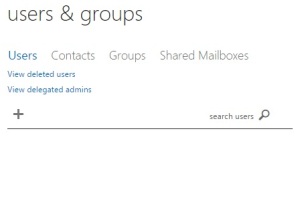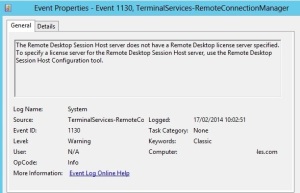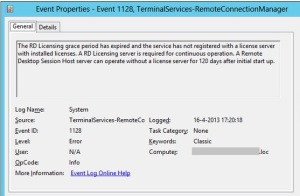As we all know Office 365 is Microsoft’s cloud hosting platform which is much popular now. Most of the small business organizations are planning to or have already migrated to Office 365.
The popularity of Office 365 in the small business sector is mainly because its hosted in Microsoft Datacenter in cloud and that your company does not have to spend money on IT and IT support. You can leverage Office 365 to use Exchange Online, Sharepoint Online, Lync online, Office web apps etc..
If you currently have an on-premise Exchange Server, or if you are setting up your infra for the first time the following steps will help you for the same:
- First purchase the Office 365 subscription of your choice.
You can either use the default domain which Microsoft provides ie, @companyname.onmicrosoft.com or the domain which you have already purchased from any of the registrar’s. Here, I assume you have your own domain in hand.
- Log in to your Office 365 account with the credentials provided from Microsoft
- Select Manage Domains from the Admin console
- In Manage Domains section, at first you will see the default domain provided by Microsoft ‘@companyname.onmicrosoft.com‘
- As we will be adding a new domain to Office 365, select Add Domain tab in the console
- There will be a list of steps which needs to be performed for adding the domain as shown below-
- You will have to specify the domain name first and then click on Next
- Next part is the domain verification process. office 365 will confirm whether you are the owner of the domain or not. For this you will have to create either a TXT record or an MX record on your domain’s DNS. Usually Office 365 will ask to create any of the below records :
Once you have created either of the records in your domains DNS console, your domain will be verified.
- Next, you will have to create users for the domain and assign licenses
- The next step is to create the DNS records provided by Office 365 in your domain’s DNS. If you are planning to use all the Office 365 services, you will have to create the below records :
Note: It’s always better to keep your old MX records as a backup with low priority and the Exchange Online MX record with higher priority. Make sure you proceed with the domain set up only after creating the relevant records. Office 365 will not proceed if any records are missing.
Once all records are created, click Finish and your domain will be now added to Office 365.
- Select the new domain under Manage Domains, and select Set as default, to make it the default domain
- If you have only one license, assign the license to the new user account
- Next step is to change the primary email address to the new domain. For this edit the user account and select Primary Email Address.
- Assign the new user Administrator privileges so that the new user will also have access to the Admin console. This can be done from the settings of the user account.
- Check and confirm that the mail flow
Office 365 also lets you access office apps like MS Word, MS PowerPoint etc as well as OneDrive. You will have to download the app for the same from office 365 console to be installed on your PC.



































